This SleepSomatics blog article is part six of a six part series on CPAP Therapy, Bi-PAP (or Bi-Level) Therapy, and Treating Sleep-Disordered Breathing (Sleep Apnea) with Non-Invasive PAP Therapy.
Part One: Drowsy Driving Kills
Part Two: What are CPAP, Bi-PAP, and PAP Therapy
Part Three: Insurance Coverage for CPAP, Bi-PAP, and PAP Therapy
Part Four: PAP Masks: Keep it Simple, Small, and Silent
Part Five: Side-Effects and What to Expect from CPAP, Bi-PAP, and PAP Therapy
Part Six: Cleaning and Servicing your CPAP, Bi-PAP, and PAP Therapy
Once you make the decision to restore your sleep quality and continuity by treating your sleep apnea and snoring with CPAP, getting started with at-home therapy is relatively easy. If you purchased your CPAP from SleepSomatics, then one of our expert sleep clinicians already reviewed with you the SleepSomatics CPAP clinical philosophy of KISS: Keep it Simple, Small, and Silent. So you are already ahead of the game!
CPAP Hacks (or, "Do This One Simple Trick...")
Now that you’re home and ready to get some quality sleep again, here are the three top tips (or ‘CPAP Hacks’) for making your initial week of CPAP therapy usage a success. These CPAP Hacks also apply to Bi-Level (or Bi-PAP) Therapy.
Bedroom Air Quality
The Internet is filled with articles that begin with, "Do this one simple trick to <insert problem>." It's an overused slogan because it's also an effective slogan. We live in a busy world. We are in a constant state of being just barely out of time. People want fast solutions. They want "one simple trick." If there were "one simple trick to fixing your sleep," it would be calling SleepSomatics. And if there were "one simple trick" to effective PAP Therapy for sleep apnea and snoring, it would be bedroom air quality.
Remember that you are using filtered, humidified bedroom air (delivered at a higher pressure) to treat your sleep-breathing disorder. If you were diabetic, you wouldn't use a dirty needle to inject your insulin. So, the cleanliness and quality of that air goes a long way toward improving your therapy usage. Regular cleaning of your mask, tube, water chamber, and filters is critical. Also, regular vacuuming, sweeping, and dusting of the bedroom and immediate area around your machine are equally important.
Allergen-free houseplants can also be helpful in filtering particulate matter in the bedroom. The National Aeronautics and Space Administration (NASA) 1989 Clean Air Study conducted in with the Associated Landscape Contractors of America (ALCA) arose from research designed to identify the most optimal plants for removing carbon dioxide and producing oxygen with one plant per 100 square feet of home space. The resulting list identified plans that also efficiently remove as much as 87% of toxic indoor air pollutants and toxic agents, including benzene, formaldehyde and trichloroethylene.
Providing oxygen for NASA colonists on their way to Mars isn’t the only reason why this list is important. Efficient, inexpensive house plants can help combat Sick Building Syndrome (SBS). Sick Building Syndrome is a term used to describe a constellation of symptoms associated with poor indoor air quality (IAQ), such as acute discomfort, headache; eye, nose, or throat irritation; dry cough; dry or itchy skin; dizziness and nausea; difficulty in concentrating; fatigue; and sensitivity to odors. According to a 1984 World Health Organization Committee report, up to 30% of new and remodeled buildings worldwide may suffer from excessive complaints related to indoor air quality.
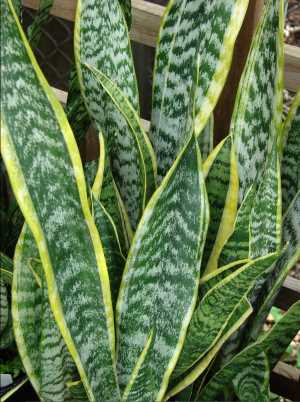


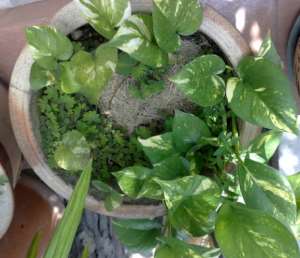
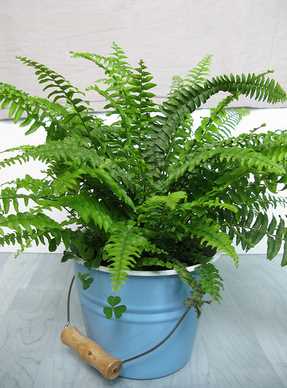

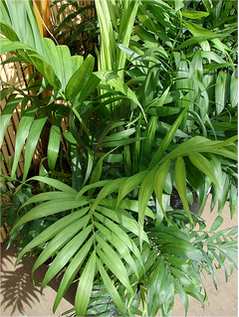
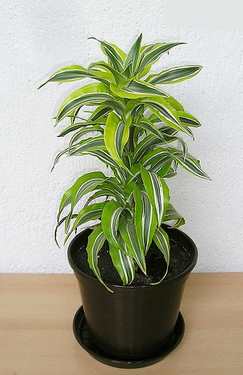
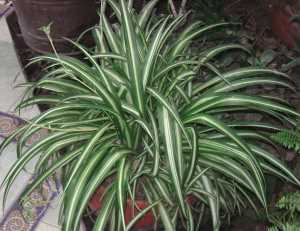
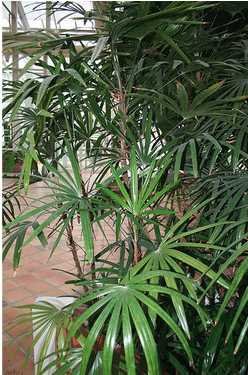
Remember to be careful with certain houseplants if your home has children or pets, as some houseplants may be harmful or toxic if eaten or swallowed.
PAP Acclimation
The first few therapy nights will represent a disruption to your established sleep environment. Bringing a PAP Therapy Unit home is similar to a new pet or baby in that it takes time to get accustomed to the new element. Wearing your mask and using your therapy an additional 1-3 hours nightly before going to sleep while watching television, playing on the computer, or reading can significantly reduce your initial acclimation period.
Consistent PAP Usage
PAP Therapy only works if you wear it when you sleep. If you don't use your therapy, you stop breathing and symptoms begin to return. Always use your therapy as prescribed whenever sleeping, traveling, or napping.
During initial therapy usage, "sleep debt" is common -- where the body attempts to sleep for longer or deeper periods as restorative sleep "rebounds" and sleep is fully restored. Extra caution when driving is particularly important for sleep apnea patients, as it is for all people who are tired, sleepy, or fatigued.
Cleaning your CPAP
Refer to your PAP Therapy Equipment Manufacturer’s instruction manual for specific cleaning recommendations and schedules. Listed below are the general recommendations for replacement of your therapy cleaning.
- Wipe down exterior of unit with dry cloth
- Physically clean all particulates and dust off of filters
- Clean your mask daily (some patients clean weekly)
- Clean your water chamber and tubing weekly (or as needed)
- Wash and dry your mask headgear weekly (or as needed)
- Check and replace the distilled water in your water chamber daily (or as needed)
See this SleepSomatics web page for videos on cleaning and reassembling Fisher & Paykel masks.
Servicing your CPAP
Refer to your PAP Therapy Equipment Manufacturer’s instruction manual for specific replacement schedules. Listed below are the general recommendations for replacement of your therapy supplies.
- Replace mask every 3-6 months (or as needed)
- Replace water chamber every 6 months (or as needed)
- Replace tubing every 3 months (or as needed)
- Replace filters every 2 weeks (or as needed)
CPAP Cleanliness Results in Restfulness
Bedroom cleanliness results in restfulness with sleep apnea patients. Consistent CPAP therapy usage results in improvements to energy and alertness during the day. The simple CPAP Hacks listed in this article will significantly improve your initial week of therapy usage, resulting in long-term treatment adherence and a better night’s sleep.
Identifying the correct diagnosis and treatment for sleep apnea begins with accredited sleep testing at SleepSomatics. Getting a better night's sleep starts with a single phone call to SleepSomatics. Our excellent customer reviews demonstrate the commitment of SleepSomatics sleep clinicians to patient care.
Concerned you aren't getting enough sleep? If you or someone you care about snores or is tired and fatigued during the day, sleep-disordered breathing (and sleep apnea) may be a serious risk. Get your sleep tested today by SleepSomatics, a professionally credentialed and accredited sleep test center located in Austin since 1999. Call 512.323.9253.
For more information on CPAP Therapy for patients being treated for sleep apnea and snoring, read this SleepSomatics article's sources:
Colorado State University: "Plants 'Clean' Air Inside Our Homes"
Healthy and Natural World: "10 Best Air Filtering House Plants, According to NASA"
The Huffington Post: "10 Best Houseplants To De-Stress Your Home And Purify The Air"
Mother Nature Network: "15 houseplants for improving indoor air quality"
United States Environmental Protection Agency: "Indoor Air Facts No. 4 Sick Building Syndrome"
US National Library of Medicine National Institutes of Health: "Planting Healthier Indoor Air"
This blog article's thumbnail image credit goes to: The Science Channel.
